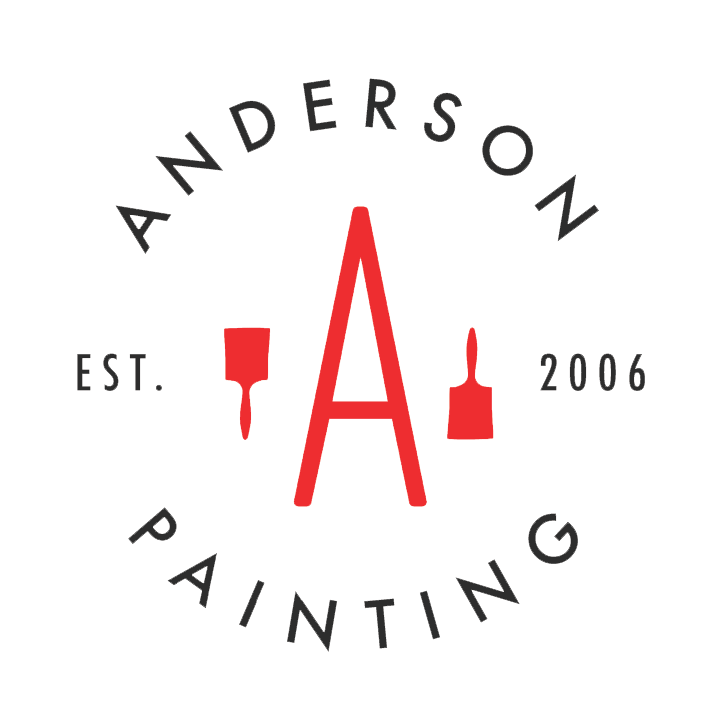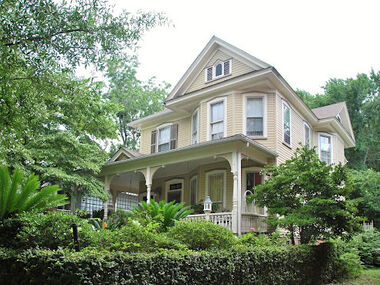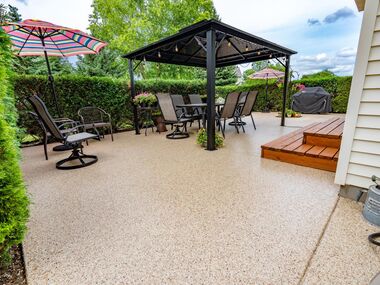Commercial Concrete Floors: 5 Signs of Trouble and What to Do About It

If your concrete floors are damaged, you don’t want to wait until the problem gets worse. Making necessary repairs early on will prevent you from paying for more costly repairs or replacement jobs. Maintaining your floors also helps you keep your employees and customers safe. But what should you be looking for? How do you know it’s time to repair your floors? Let’s go over 5 signs of concrete floor damage, and what to do about each one.
- Fracturing
The most common and apparent sign of concrete floor damage is fracturing. We’ve all seen garage and basement floors with cracks spread out like veins across the surface. These cracks may not be a huge deal at first, but they tend to grow exponentially as the earth shifts and temperatures fluctuate. The deeper and wider these cracks become, the more susceptible your floors are to water damage, bacteria, and structural issues.
The sooner you address your concrete cracks, the better. The most effective way to do this is by injecting polyurea concrete filler into all open cracks. This material is durable, flexible, and self-leveling. Then, let the sealant cure for the recommended amount of time. Use a scraper to smooth over the surface and remove excess material. If you’re resurfacing the floor, fill all cracks and clean the floor before applying commercial floor paint.
- Moisture Build-Up
Water damage often takes place alongside fracturing, although it can occur on its own, too. Vapor beneath your floors’ surface can rise up if there is a gap or void between the base and the soil. It can then condense and damage your floors from the inside out. If your floors are becoming discolored, you may have a build-up of moisture.
This can be a more difficult problem to solve since it’s beneath the floor itself. Your contractor might recommend replacing the floor entirely, inserting a vapor barrier between the earth and the new floor. This will prevent most moisture from reaching the concrete base. If, on the other hand, your water problem is on the surface level, you may simply need to apply a waterproof concrete floor coating.
- Spalling
Spalling is another word for chipping. If your floor looks as if it’s deteriorating and flaking on the surface like this, it might be for a number of reasons. Most commonly, the culprits are water or chemical damage, or thermal shock, which refers to extreme temperature changes.
Much like moisture build-up, spalling usually points to a deeper problem. A new coat of polyurea floor coatings might not be enough to truly fix the issue. If spalling is only occurring in specific locations, your contractor may only need to repair and/or replace those target sections of flooring.
- Warping, Lifting, and Settling
The aforementioned thermal shock, alongside shifts in the earth, can also cause your concrete floors to warp, lift, or settle. Your once straight and smooth floors may gradually develop bumps and divots as a result. This poses a safety hazard for anyone walking on your floors. If you notice these changes, your floor is likely in trouble.
Unfortunately, resurfacing won’t solve this problem either. The problem is much deeper, so no amount of polyurea or commercial floor paint will straighten up your floors. In most cases, a new floor will need to be installed, along with preventative measures like vapor barriers to prevent further warping and shifting.
- Wall Damage
Believe it or not, sometimes you can tell your floors are damaged by looking at your walls (and ceilings). Your building is all connected, after all. If your floor is shifting, lifting, warping, cracking, you name it, it will also affect the surrounding structure. You may notice cracks in your walls. More often than not, these cracks are formed by your floors as they expand, contract, and move around.
In other words, if your foundation is vulnerable, your entire facility is at risk of damage, or worse. The sooner you address the root problem (typically your floors), the more structurally sound your building will be.
In a perfect world, your commercial concrete floors would hold up against every type of damage possible. Unfortunately, this isn’t the case. But, if you know what to look for, you can at least prevent larger problems from happening, and save yourself some time and money in the long run.
Make sure you hire the right team to help you repair and resurface your concrete floors. Anderson Painting contractors utilize Penntek’s polyurea floor coatings for businesses and residences to strengthen their floors and increase their lifespan. Call Anderson Painting today at 919-610-1855 or email us at info@andersonpaintingnc.com!



